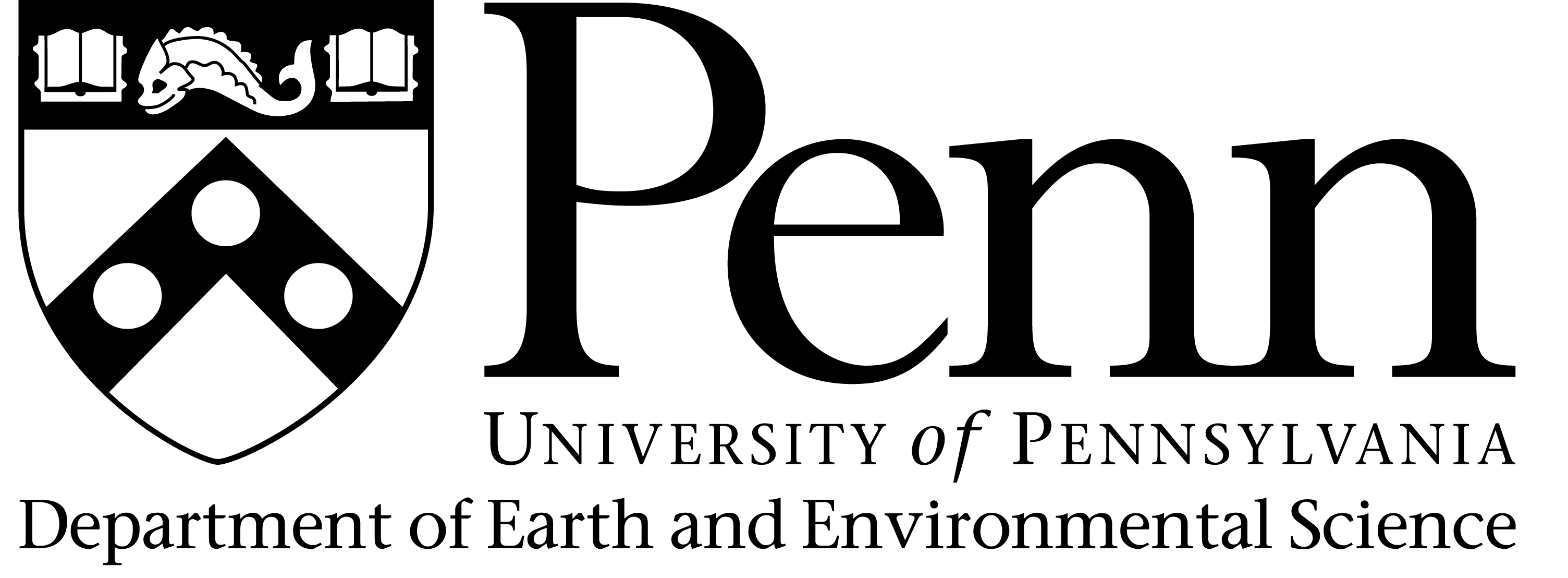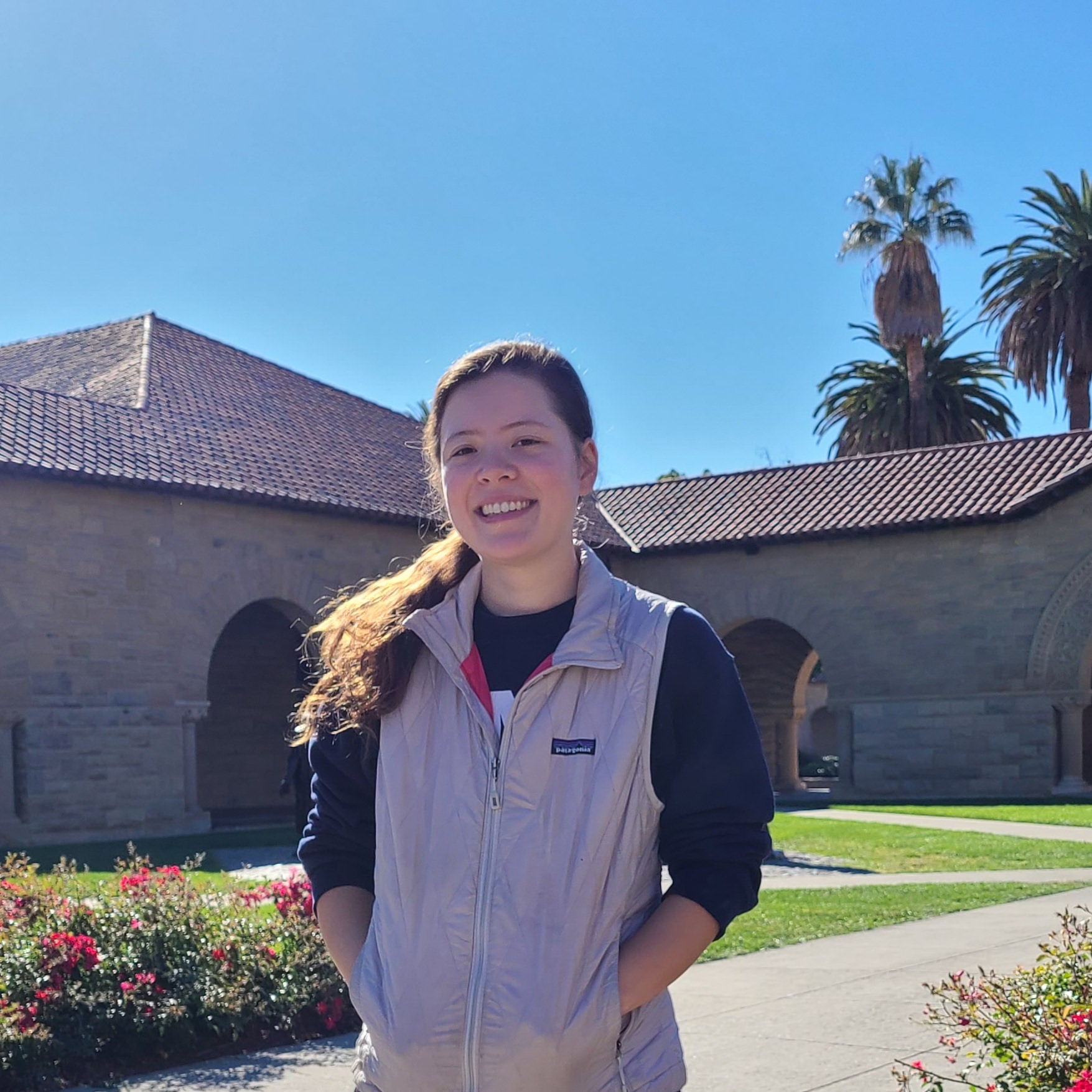As rocks are transported, they primarily undergo two breakdown mechanisms: chipping and fragmentation. Chipping occurs at relatively low collision energies typical of bed-load transport, and involves shallow cracking; this process rounds river pebbles in a universal manner. Fragmentation involves catastrophic breakup by fracture growth in the bulk – a response that occurs at high collision energies such as rock falls – and produces angular shards. Despite its geophysical significance, the transition from chipping to fragmentation is not well studied. Indeed, most models implicitly assume that impact erosion of pebbles and bedrock is governed by fragmentation rather than chipping. Here we experimentally delineate the boundary between chipping and fragmentation by examining the mass and shape evolution of concrete particles in a rotating drum. Attrition rate should be a function of both impact energy and material strength; here we keep the former constant, while systematically varying the latter. For sufficiently strong particles, chipping occurred and was characterized by the following: daughter products were significantly smaller than the parent; attrition rate was independent of material strength; and particles experienced monotonic rounding toward a spherical shape. As strength decreased, fragmentation became more significant: mass of daughter products became larger and more varied; attrition rate was inversely proportional to material strength; and shape evolution fluctuated and became non monotonic. Our results validate a previously proposed probabilistic model for impact attrition, and indicate that bedrock erosion models predicated on fragmentation failure need to be revisited. We suggest that the shape of natural pebbles may be utilized to deduce the breakdown mechanism, and infer past transport environments.
 Progression of particle breakdown according to material parameters and number of rotations, which corresponds to the approximate number of impacts; Nr=0 indicates the initial shape of the particle. The material parameters of each particle type are the average ultimate strength and the composition as specified by the volume of concrete mix (VCM). Mechanically strong particles achieved highly rounded shapes over thousands of rotations, while mechanically weak particles quickly fragmented into irregular shapes over 10–20 impacts. Intermediate particles exhibited both behaviors.
Progression of particle breakdown according to material parameters and number of rotations, which corresponds to the approximate number of impacts; Nr=0 indicates the initial shape of the particle. The material parameters of each particle type are the average ultimate strength and the composition as specified by the volume of concrete mix (VCM). Mechanically strong particles achieved highly rounded shapes over thousands of rotations, while mechanically weak particles quickly fragmented into irregular shapes over 10–20 impacts. Intermediate particles exhibited both behaviors.
This research has been supported by the University of Pennsylvania Center for Undergraduate Research and Fellowships (CURF) and the Hayden Scholars program of the University of Pennsylvania Department of Earth and Environmental Science.


Publications
Bodek, S. and Jerolmack, D.J. (2021) “Breaking down chipping and fragmentation in sediment transport: the control of material strength.” Earth Surface Dynamics, 9, 1531-1543. doi.org/10.5194/esurf-9-1531-2021
Conference Abstracts
Bodek, S. and Jerolmack, D.J. “How pebbles round and rocks fragment: particle shape evolution according to transport mechanism.” American Geophysical Union (AGU) Fall Meeting, Washington, D.C., 10-14 December 2018, Poster.
